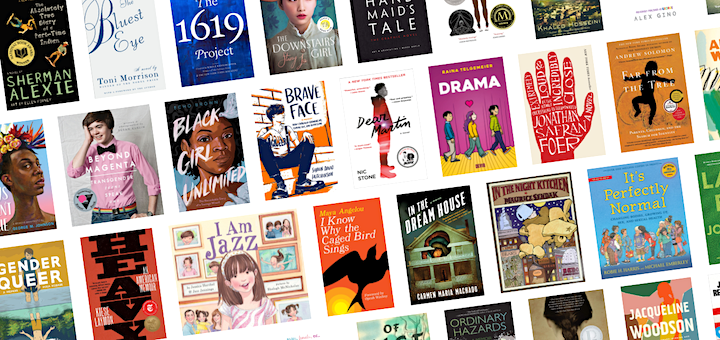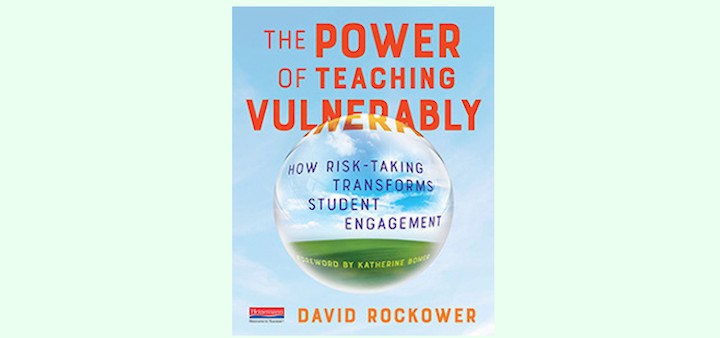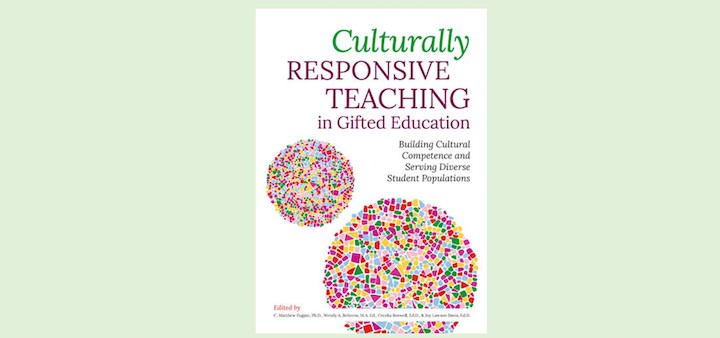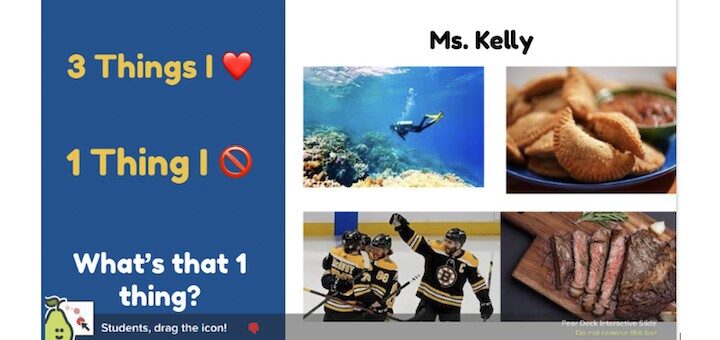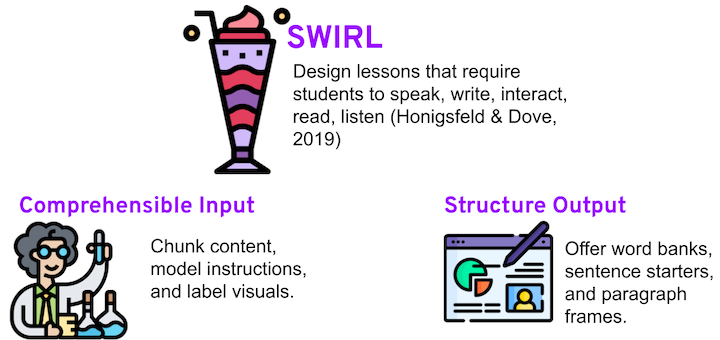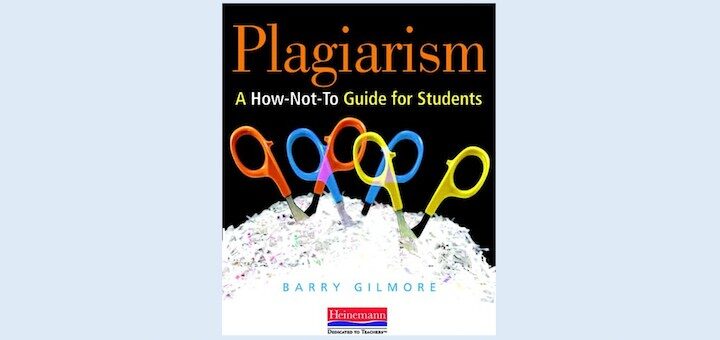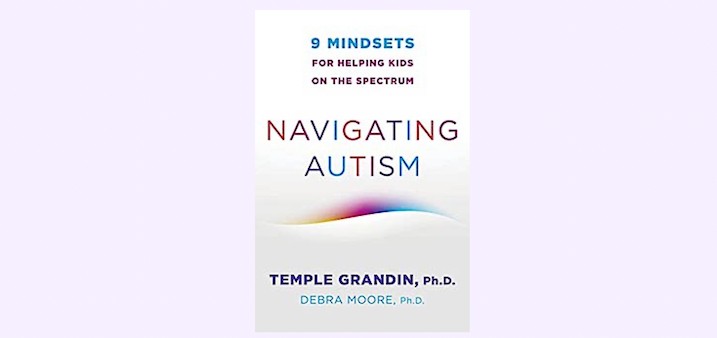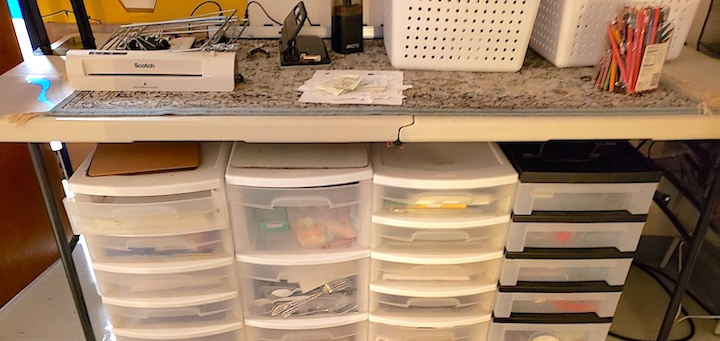Teaching and learning in grades 4-8
Literacy champions Lynne Dorfman and Aileen Hower join children’s author Frank Murphy in a frank, well-informed review of the book banning controversy. Students need books that help them see themselves and understand others. “The opposite of censorship is intellectual freedom.”
As disinformation proliferates, schools need a better solution than perfunctory media literacy education, say these digital citizenship advocates. When students achieve full “media fluency,” they will not only understand disinformation exists but have the tools to outflank it, write McCusker, Irvan and Driscoll.
In The Power of Teaching Vulnerably David Rockower explains how personal, relational, and dialogic vulnerability can help educators build healthy classroom dialogue. Amy Estersohn would have liked more guidance for teachers facing job loss if they discuss sensitive topics.
Culturally Responsive Teaching in Gifted Education is an essay collection addressing a variety of populations and will benefit all students, says History and ELA teacher Megan Kelly. She highlights three, including “Promoting Racism: Through the Eyes of a Black Mother.”
Many school problems are social at their core. When teachers and counselors give students a leadership role in normalizing the problems – making them accessible and resolvable – the community culture improves for everyone, says national counseling leader Jean Peterson.
With the goal of having new middle school students feel seen as individuals while also feeling like a part of something bigger, Megan Kelly organized group activities for all the students across her sixth grade team. The games can be expanded or contracted to fit your time.
Teaching academic content is less about receiving students who are ready to learn and more about creating conditions to support learning. Tan Huynh shares a geography lesson he designed to meet three conditions multilinguals need to learn content and language simultaneously.
Barry Gilmore’s Plagiarism: A How-Not-To Guide for Students helps learners understand the motivation behind plagiarism and discusses ways to avoid it in both academic and employment settings. Eighth grade teacher Erin Corrigan-Smith also recommends the teacher’s edition.
Grandin & Moore’s Navigating Autism invites readers into that perfect space for learning between familiar territory and new information, writes middle school dean Bill Ivey. The nine mindsets explored can benefit kids on the spectrum as well as the whole spectrum of kids.
This school year the chronic student supplies problem has been worsened by lack of school funding, inflation, increasing expectations for digital devices, and the pandemic’s devastating financial impact. Middle grades teacher Dina Strasser shares one equitable solution.

